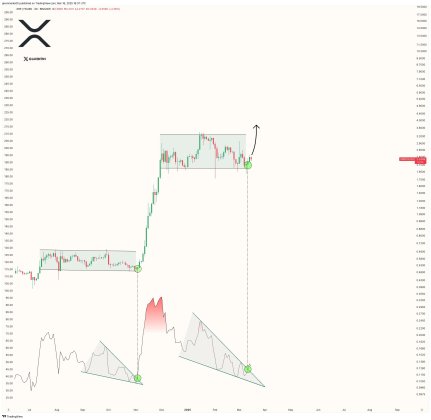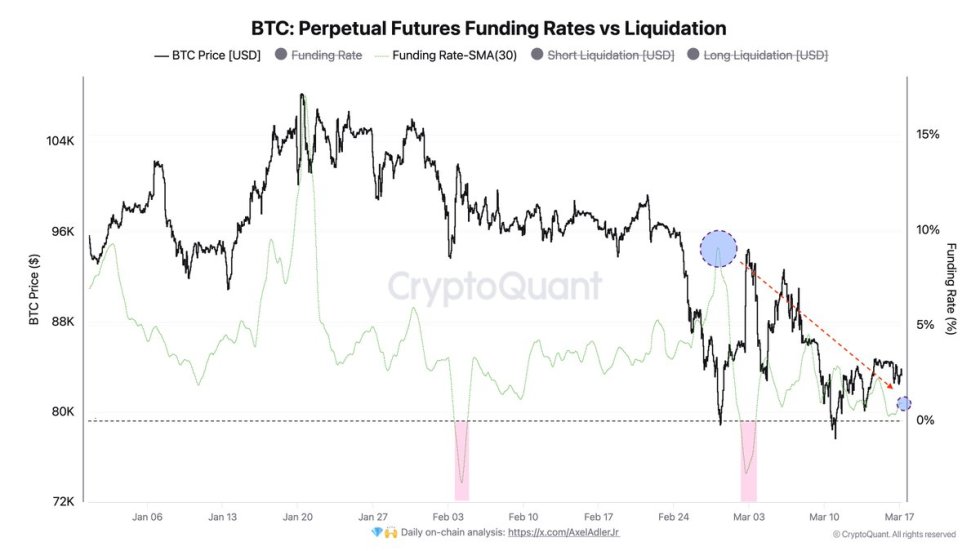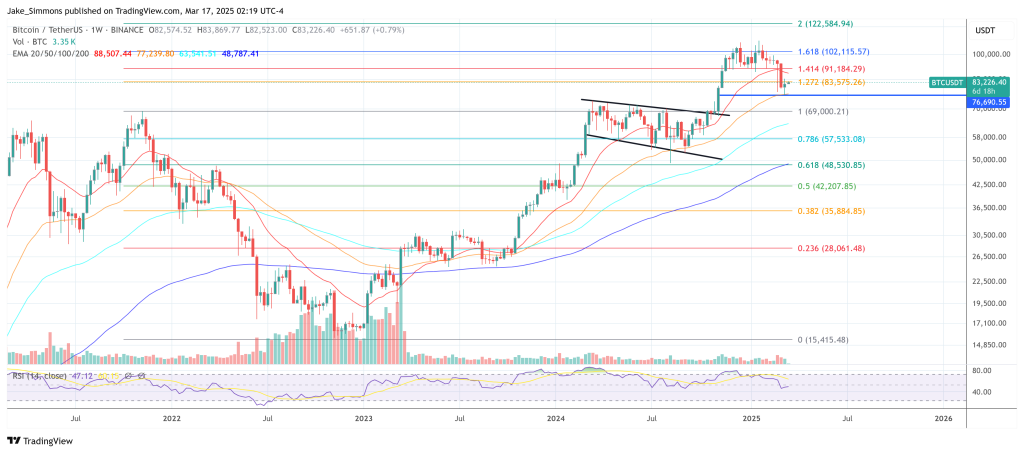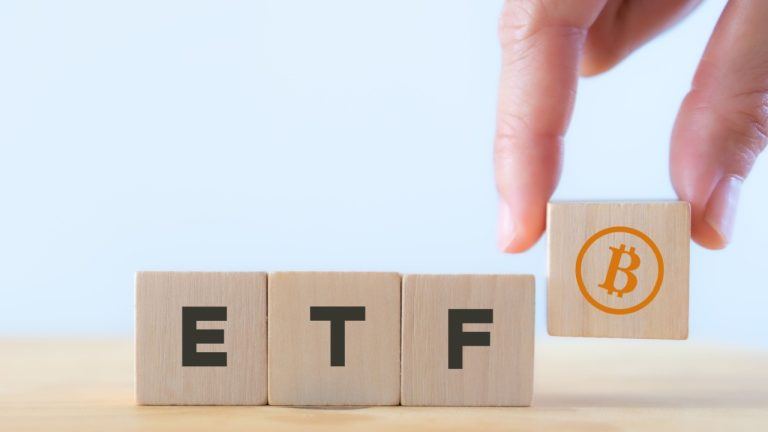We provide over 100+ FREE crypto articles on our SubStack! :D (Link on our profile)
TLDR:
Recently, the cryptocurrency market has become more and more exciting because of the rapid increase in the number of new participants. In the current situation of extremely low bank interest rates, more and more people with a demand for "fixed interest rate loans of 10% a year" will step into this market.
Applications like Outlet, Linus, Dharma, BlockFi, Celsius have developed user interfaces to meet this need, with liquidity coming from centralised liquidity pools or from Compound and Aave. Therefore, users' attention to decentralised fixed-rate products will be even greater.
General Conclusion
Bonds are one of the most in-demand financial products to date. According to Icmagroup, the total bond market is over $128Tn and the terrain is open for blockchain projects to penetrate the market.
Many new DeFi projects are looking at concepts found in traditional finance, such as:
- Fixed interest;
- Decomposing fixed income assets into principal and interest;
- Leveraged yield.
DeFi protocols are beginning to address basic concepts and meet the needs of many classes of users that TradFi cannot, because of crypto's nearly frictionless composability.
These protocols were born with the primary goal of uncertain and often volatile returns received when staking or depositing tokens for lending (Aave, Compound), trading (Curve) or actively farming (Yearn, Harvest).
Traditional Bond
Definition
A bond is a security issued in connection with a debt arrangement. The borrower (the seller) issues a bond to the lender (the purchaser) in return for some cash. A bond is an "IOU" (I Owe You) of the borrower. A typical coupon bond requires the issuer to make predetermined payments.
When the bond matures, the issuer repays the debt by paying the face value of the bond. The bond's interest rate determines the interest payment. The annual payment amount equals the bond's interest rate multiplied by the bond's face value. The coupon rate, maturity date and par value of the bond are part of the bond indenture agreement, which is a contract between the issuer and the holder of the bond.
Types of Bonds
- Government bonds
This is a type of security issued by a government for the purpose of raising medium and long-term capital for the government. Revenues from bonds can be used to make up temporary shortfalls of the state budget, to implement national construction projects, or to finance other government purposes according to the budget allocation plan. books every year. - Local Government bonds
These are bonds issued by the People's Committees of provinces and centrally run cities to raise capital for local investment projects and works. - Government-guaranteed bonds
This is a bond issued by enterprises, financial institutions, credit institutions, and policy banks of the State subject to the provisions of the relevant laws and guaranteed for payment by the Government. - Corporate bonds.
Debt securities are bonds issued by companies or financial institutions in order to raise capital for business activities.
Decentralised Bond
Definition
By definition, it is clear that decentralised bond has the same meaning as traditional bond. Some of the differences include the time to maturity, the yield, and the ability to combine to create many different products and serve different purposes.
[link] [comments]

You can get bonuses upto $100 FREE BONUS when you:
💰 Install these recommended apps:
💲 SocialGood - 100% Crypto Back on Everyday Shopping
💲 xPortal - The DeFi For The Next Billion
💲 CryptoTab Browser - Lightweight, fast, and ready to mine!
💰 Register on these recommended exchanges:
🟡 Binance🟡 Bitfinex🟡 Bitmart🟡 Bittrex🟡 Bitget
🟡 CoinEx🟡 Crypto.com🟡 Gate.io🟡 Huobi🟡 Kucoin.




















Comments